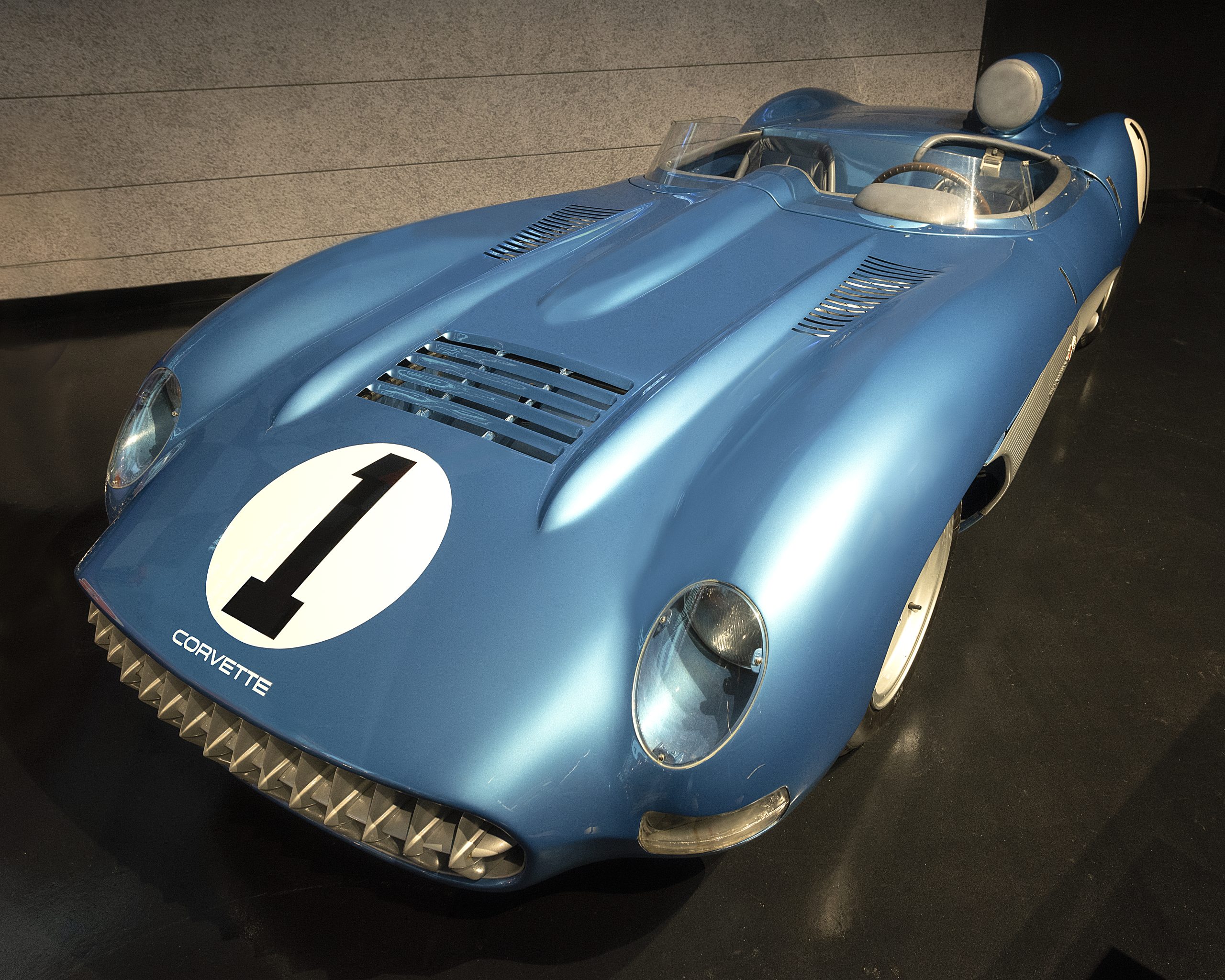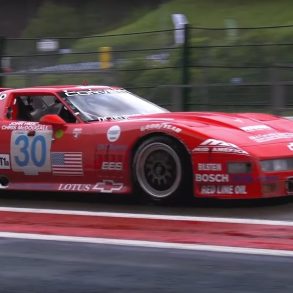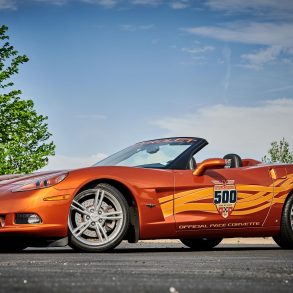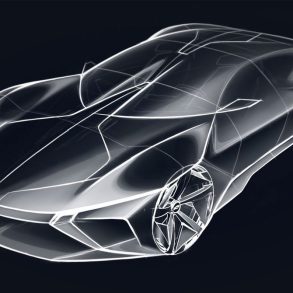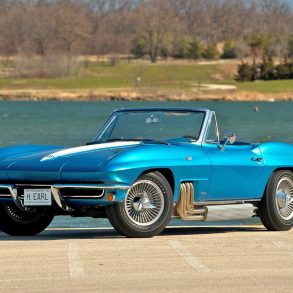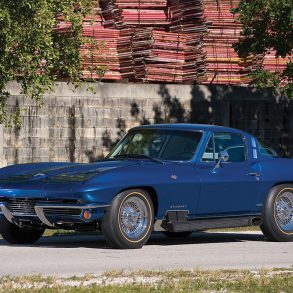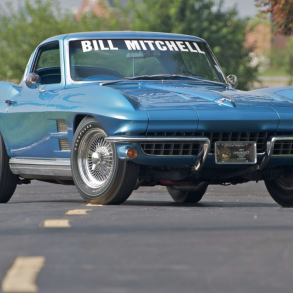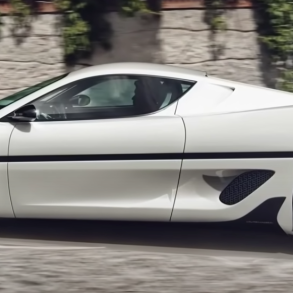The Best Corvette Concepts Ever
It has long been said that “beauty is in the eye of the beholder.” While this statement tends to hold true for many things, it is especially accurate when evaluating how beautiful different automobiles are when compared to one another. If you’ve ever been to a car show with a group of people, each of you will (likely as not) have different opinions as to which car(s) are the best looking, the best designed, etc.
Today, I want to take it a step further. I am going to introduce ten original concept cars that emerged over the past seventy years from GM’s Design Studios, each of which helped give rise to one of the most iconic sports cars of all time – the Chevy Corvette. I am writing this piece in the wake of the publication of my first book: “Corvette Concept Cars: Developing America’s Favorite Sports Car.” The cars listed below are some of my personal favorites from the book, and while each is a testament to the amazing designers that created them, I think you’ll be surprised to discover how many of these cars ended up influencing the production models we all know and love today.
1) The 1953 EX52 / EX122
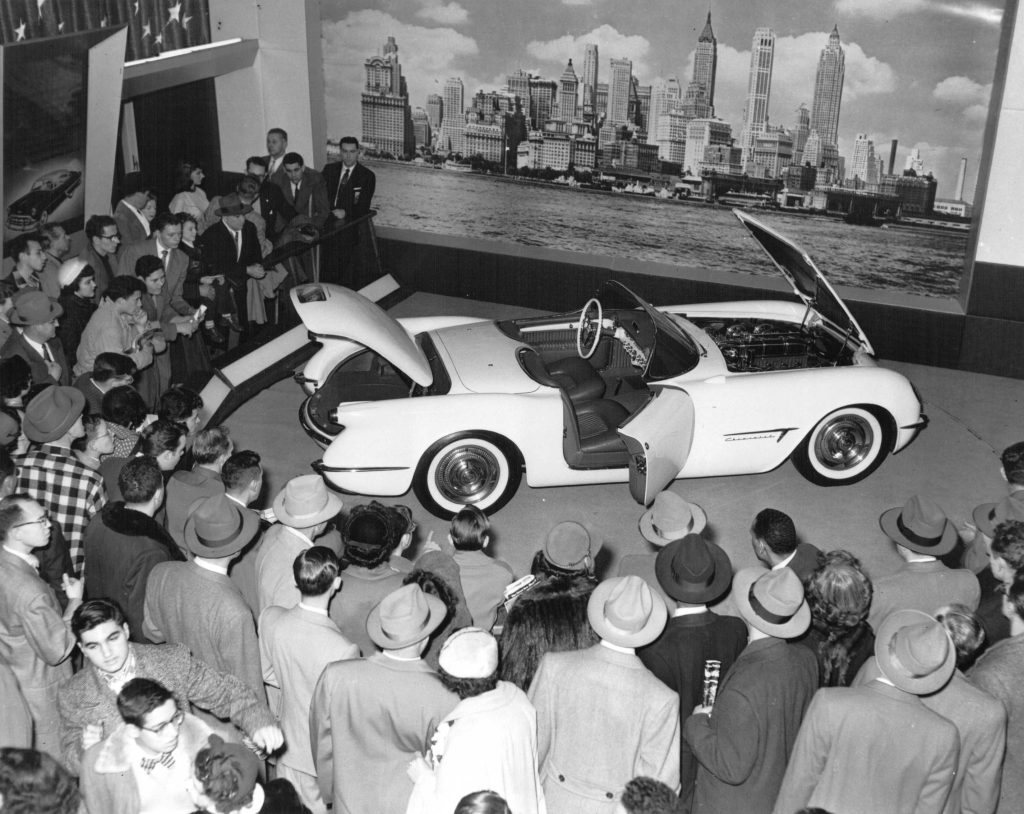
You can’t talk Corvettes without talking about the car that started it all. Based on Harley Earl’s Project Opel plaster model, the EX52 / 122 was the original concept car that inspired the nation and left countless consumers wanting a Corvette to call their own. This Corvette concept was introduced at GM’s Motorama in January 1953. It was so well received that GM moved the car from prototype to production in just six months’ time!
2) The 1968 XP-880 Mid-Engine Astro II
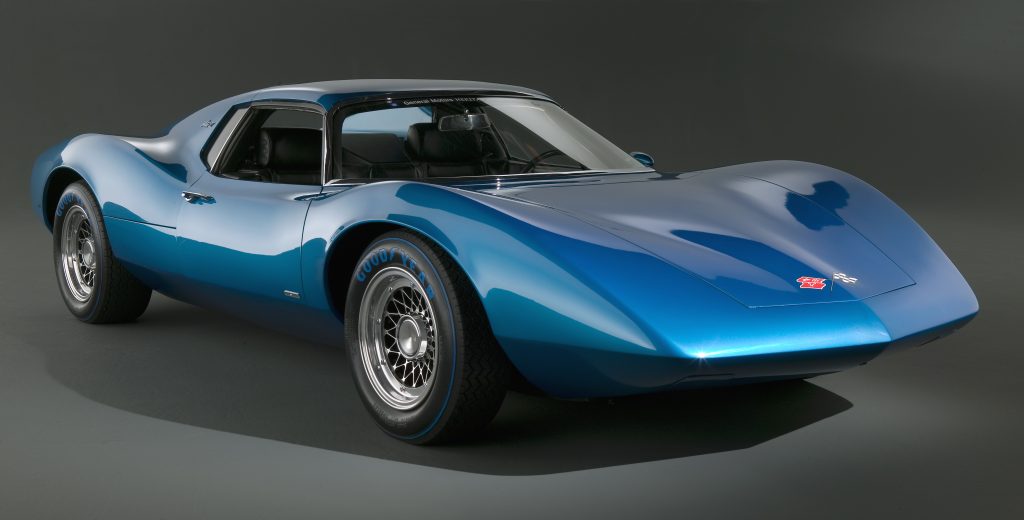
Anyone who has complained that the eighth-generation Stingray ruined the Corvette when its engine got moved behind the driver clearly doesn’t know the long history of the mid-engine Corvette program. Developed under the direction of Frank Winchell, the 1968 Astro II was originally developed as a potential competitor to the production model of the original Ford GT-40. This car was designed by the talented Larry Shinoda (whose work will be featured on several of the concepts in this article) and was considered (albeit briefly) as a potential production model after it was unveiled at the New York Auto Show in April 1968.
3) The 1961 XP-755 Mako Shark (I)
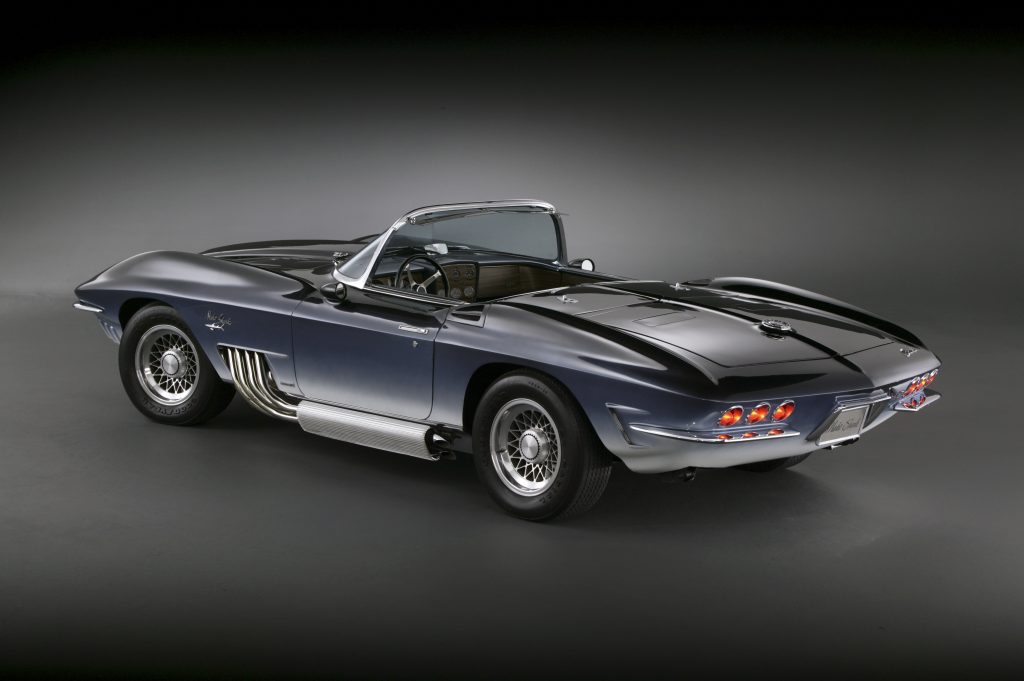
The creation of the Mako Shark started during a fishing trip in the Bahamas. Bill Mitchell, GM’s recently appointed second VP of Design, had reeled in a shortfin Mako Shark. He was so enamored with the shark’s sleek lines and its ability to twist and turn in the water that he felt it would make the perfect motif for the second-generation Corvette. Mithcell worked with designer Larry Shinoda on the exterior aesthetic of the Mako Shark. The car was built on a 1961 Corvette chassis and was equipped with a 327 cubic-inch Chevy V8 engine. Although the car wouldn’t make its official debut until April 1962, Mitchell drove the car at a Road America race on June 18, 1961. The car gave spectators a thrill as it was the first time anyone had glimpsed the styling being considered for the second-generation Corvette.
- See also: The 1961 XP-755 Mako Shark I
4) The 1969 Manta Ray (the Mako Shark II re-imagined)
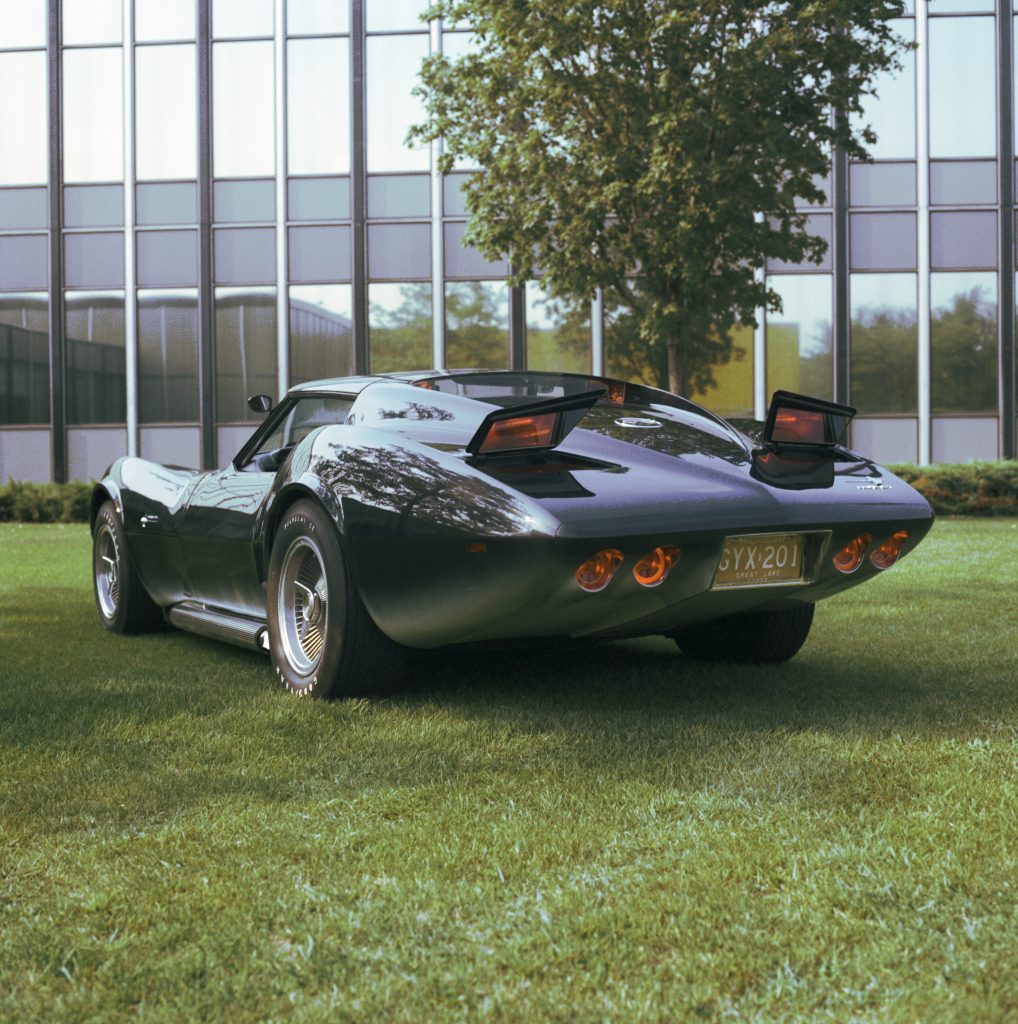
The 1969 Manta Ray was actually a re-imagining of the Mako Shark II that had been designed by Larry Shinoda and introduced by Bill Mitchell in 1965. While the basic profile and many of the design elements remained unchanged on the car, the Manta Ray featured a a long, tapered rear end, a narrow, vertical window mounted just behind the cockpit with a sugar scoop element that cascaded atop the car’s decklid. The car also featured widened rear fenders and new, flip-up brake light assemblies that would activate during extreme braking situations or when the driver activated the car’s turn signals. The Manta Ray name replaced the Mako Shark II moniker in the winter of 1969. Today, this car resides at GM’s Heritage Center in Sterling Heights, Michigan.
5) The 1986 Corvette Indy
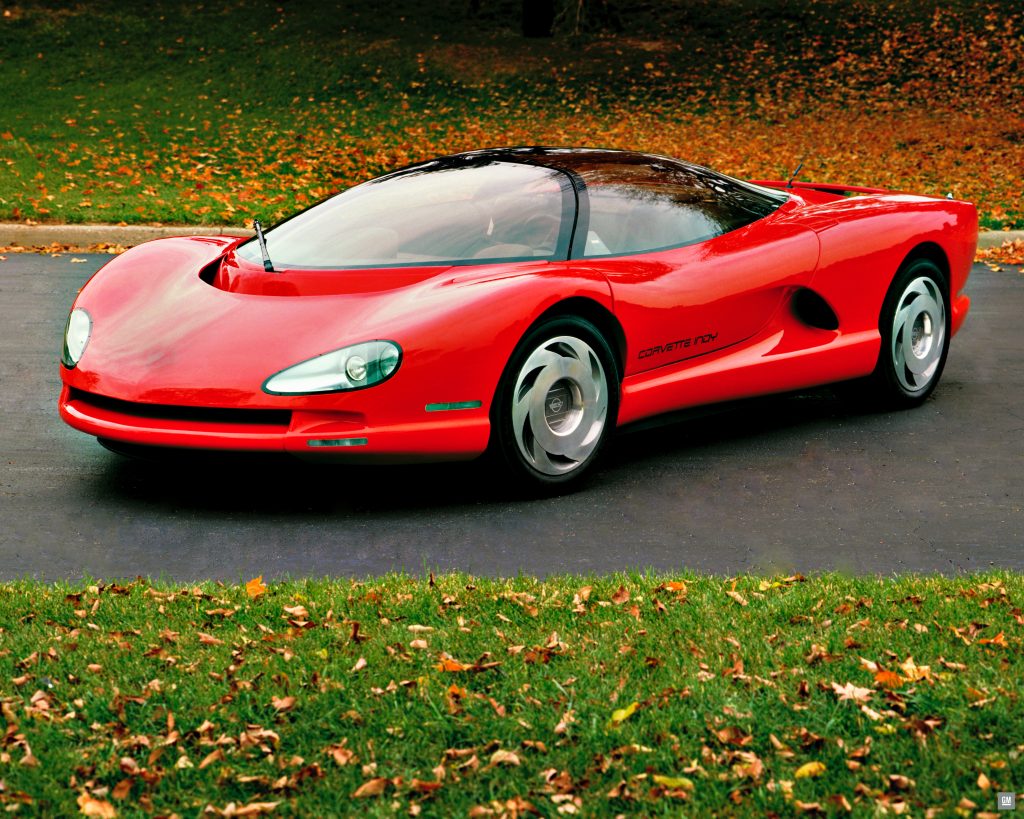
Arguably one of the most radical of all the Corvette concept cars, this mid-engine sports car is an expression of pure design, without the constraints of driver ergonomics, cockpit accessibility, or adequate interior space. This incredible concept car was designed by GM designer Tom Peters, who went on to create many of the most iconic Chevrolet vehicles introduced in recent years, including the sixth- and seventh-generation Corvettes, the fifth-generation Camaro, the Cadillac XLR and the 2014 Silverado, to name but a few. The 1986 Corvette Indy featured a powerplant created by the Lotus company. A variant of this same engine would be introduced in the fourth-generation Corvette ZR-1. The 1986 Corvette Indy Concept also served as a precursor to Chevrolet’s next engineering/research vehicle, the 1990 CERV III.
6) The 2009 Corvette Stingray Concept
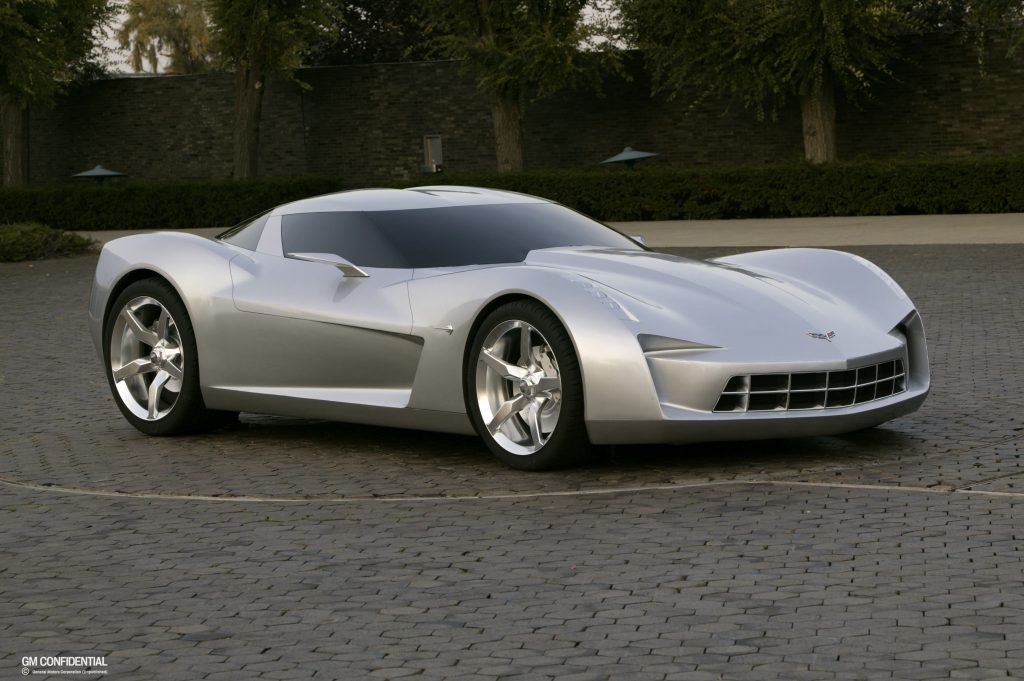
One of the last notable Corvette concepts was the 2009 Corvette Stingray Concept. Initially developed as a “secret” project by designers around the globe, the car’s development gained momentum when Michael Bay came “calling” at GM for would be automobile “superstars” that could be included in his “Transformers” movie. After the success of the original film in 2007 (in which Bay introduced the world to the awesome fifth-generation Camaro concept), Bay knew that he needed another car that was equally engaging for this Transformers sequel, “Revenge of the Fallen.” Once more, Tom Peters (who by now was serving as the director of exterior design for GM) was tasked with creating a modern interpretation of the Corvette inspired by some of the most iconic models ever built. The result – the car you see here – thrilled moviegoers and automotive enthusiasts alike. However, when asked if this car might be the prototype for a seventh-generation Stingray, Ed Welburn, GM’s Global Vice President of Design, simply said “No….it was a great styling concept with a role in a movie.” He wanted the seventh-generation Stingray to be even better. Do you think GM succeeded? We do.
7) The 1957 XP-64 Corvette SS
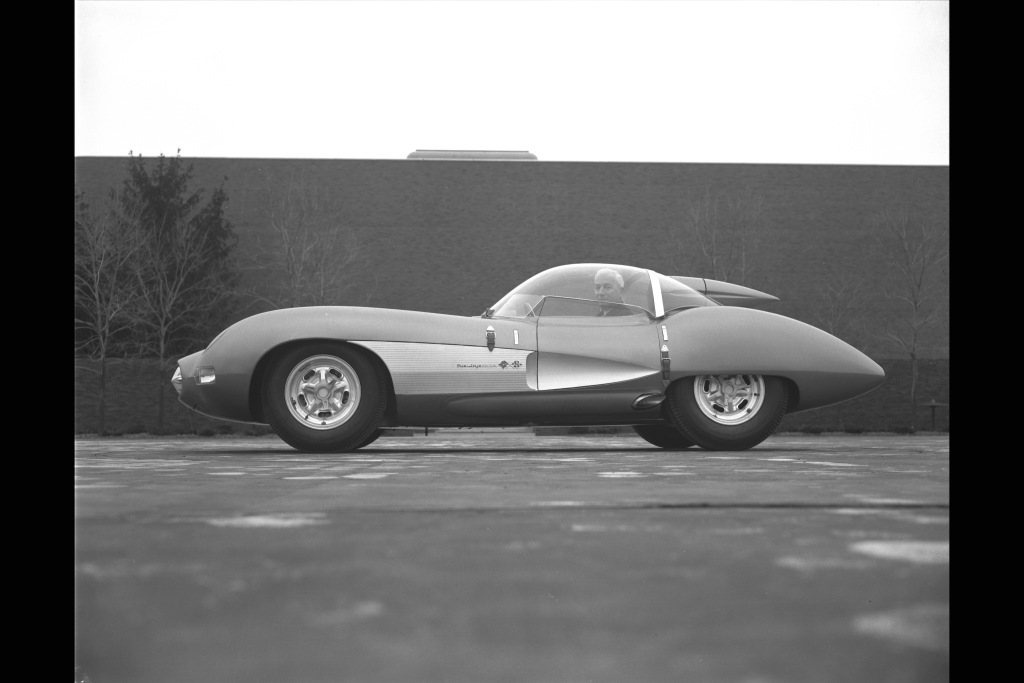
Dubbed Chevrolet’s “1957 Sebring car”, the Corvette SS was the company’s first effort to develop a pure, purpose-built Corvette race car. The car’s development was helmed by Harley Earl and Zora Arkus-Duntov in what would prove to be one of Earl’s last projects. Utilizing a design created by Clare MacKichan (under Earl’s guidance), the car needed to feature the streamlining of a race car while still conveying the aesthetic of a Corvette. The result was a car that was both Corvette and a European race car all rolled into one. Although the car struggled at Sebring, it proved that Chevrolet had the “chops” to build a serious race car. Ed Cole ordered the creation of three additional Corvette SS racers for that year’s 24 Hours of Le Mans, but the 1957 AMA ban on manufacturer-backed racing brought the SS to a quick – and final – end.
8) The XP-987 GT Two-Rotor Corvette
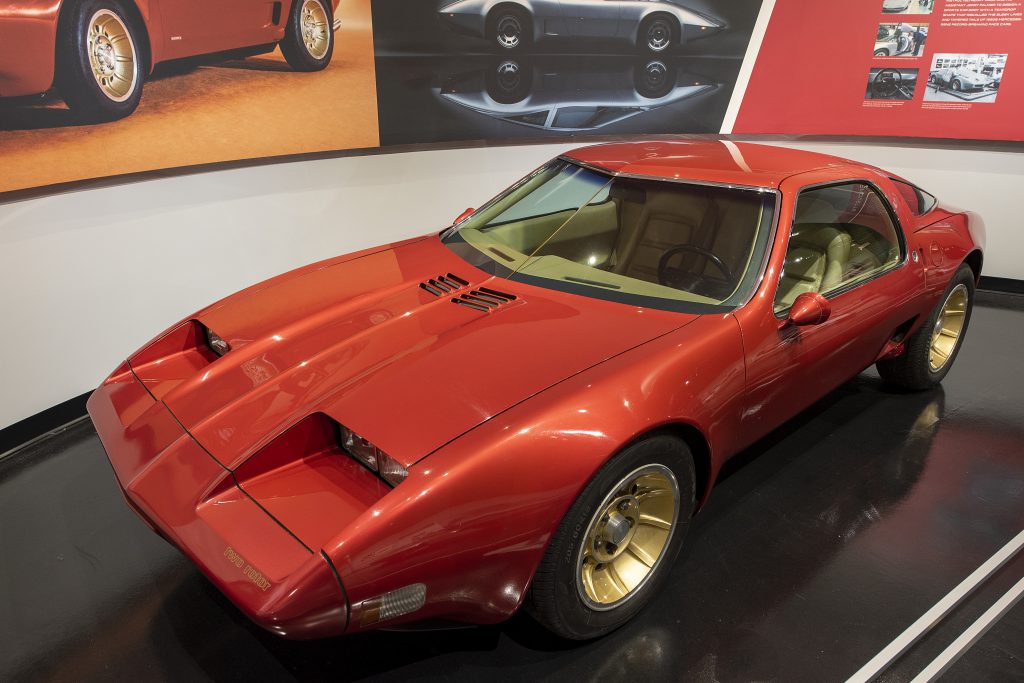
The XP-987 GT was one of several concept Corvettes developed to showcase GM’s newly-acquired Wankel rotary engines. Originally referred to as the “Chevrolet GT,” the car was to be developed as a mid-engine platform. It was developed as a cooperative between Chevrolet’s styling and engineering divisions. The XP-987 GT’s exterior aesthetic was developed by John “Kip” Wasenko of GM Styling, and was developed around a modified Porsche 918 chassis. The final body was fabricated by Pininfarina in Turin, Italy. Although a dramatic departure from the styling of the Corvette (from essentially any era), this small, sporty coupe still holds up well today. It can be seen at the National Corvette Museum as part of the museum’s permanent collection.
9) The Four-Rotor Concept / Aerovette
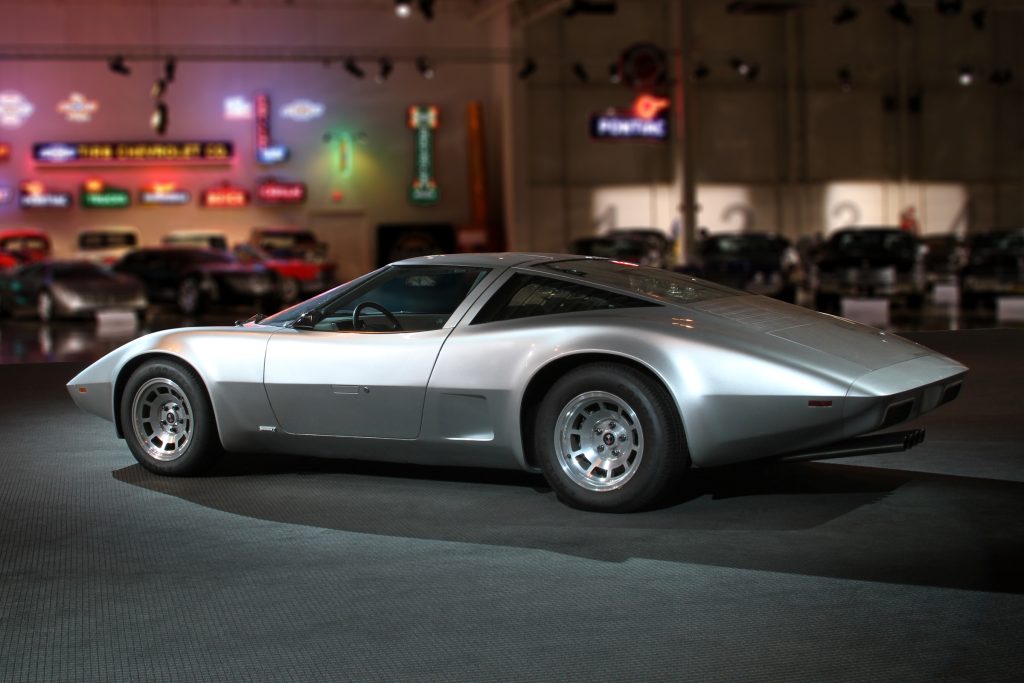
The Four-Rotor / Aerovette was the last in a series of mid-engine Corvette concepts developed in the mid-1970s. This car was one of Zora Arkus-Duntov’s final efforts as Corvette Chief Engineer to build his beloved sports car as a mid-engine platform. The car is actually a re-imagining of Zora’s earlier 1970 XP-882 Corvette Concept and utilized much of the same underpinnings as that earlier car. The four-rotor engine’s fuel-efficiency limitations ultimately forced GM to abandon the Wankel rotary engine program, especially after the 1973 OPEC energy crisis. The car was re-worked to incorporate a 400-cubic-inch small block Chevy V8, but the popularity of the front-engine, rear-wheel-drive third-generation Corvette convinced GM to pull the plug on this program. As with other cars in this article, the Aerovette is now part of the Heritage Center’s collection.
10) The 1990 CERV III
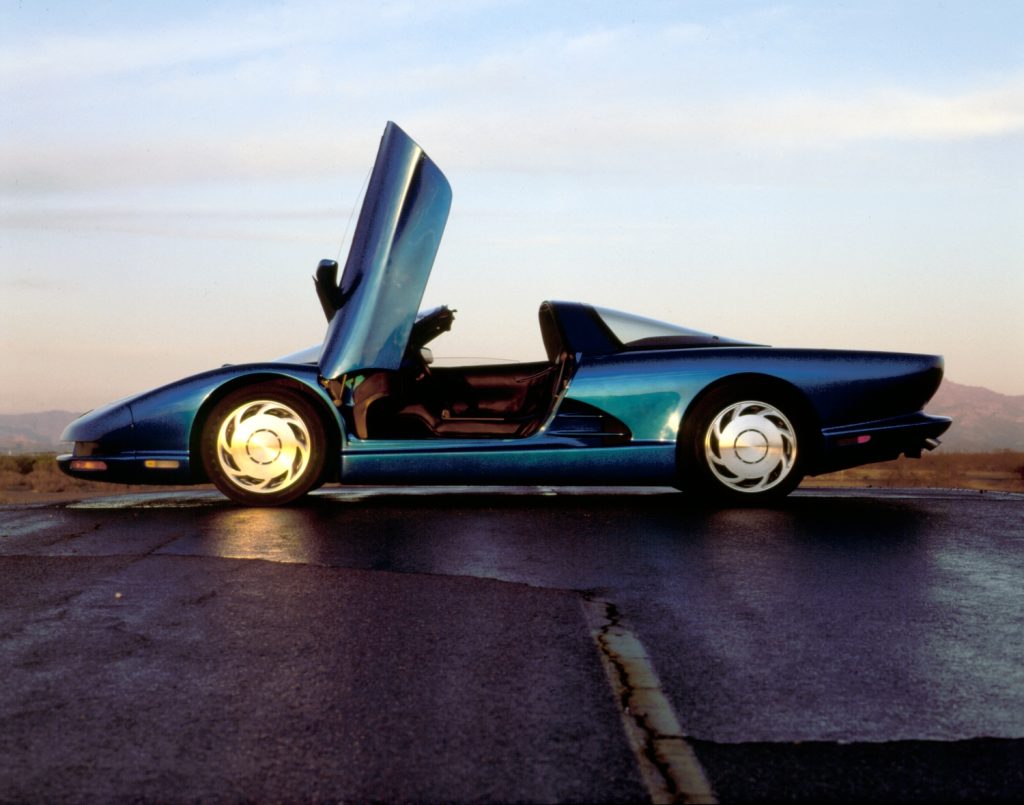
The 1990 CERV III (Corporate Experimental Research Vehicle III ) was the fully realized, version of Tom Peter’s radical 1986 Corvette Indy concept. Where the Corvette Indy was a “pure design” automobile, the 1990 CERV III was touted as a “fully operational research vehicle utilizing state-of-the-art technology to explore the outer reaches of automotive performance.” The car showcased the advances that Chevrolet had made in engine performance and vehicle handling thru its acquisition of Lotus and its own advances in computer-controlled technologies. It made its debut at the Detroit International Auto Show in 1990 and was seriously considered for production. Unfortunately, its high price tag (some estimates put its sell price at between $300k and $400k), the car was deemed too expensive for the traditional Corvette enthusiast and was later abandoned. This car can be seen at the Heritage Center in Sterling Heights, Michigan.
Wrapping It Up
So that’s our list of the top-ten Corvette concepts. Of course, these ten cars are but a handful of the many beautiful concept cars built by Chevrolet since the Corvette’s introduction in 1953.
To learn a lot more about these (and the many other) Corvette concepts that helped give rise to the Corvettes of today, check out my book “Corvette Concept Cars: Developing America’s Favorite Sports Car,” published by CarTech.
The book features all of the cars in this article along with dozens of other concepts, test mules, and one-of-a-kind prototypes. More than that, the book is a history of the whos-who of Corvette design. I hope you’ll check it out….and let me know what you think. I can’t wait to hear from you!


